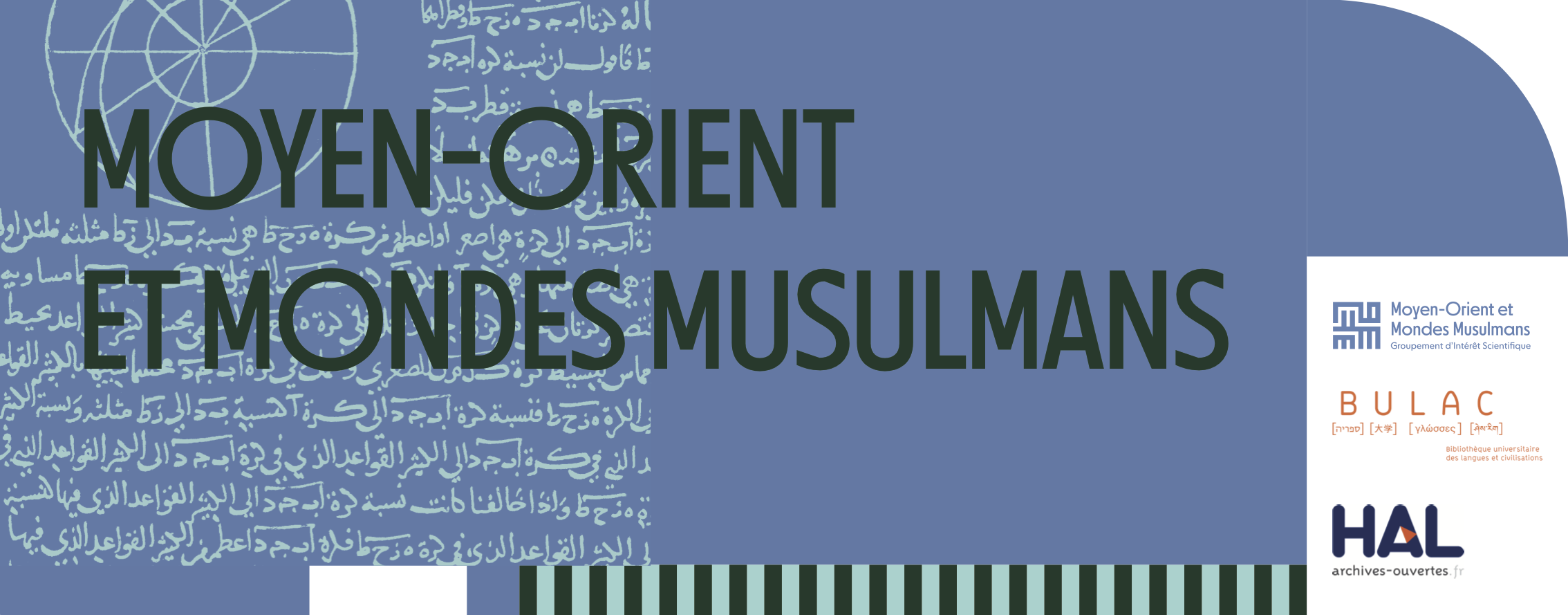Egypt’s Current Economic Features and Policies
Résumé
Bearing in mind the difficulties of making predictions, one could expect the recent agreements with the International Monetary Fund (IMF) to reduce fiscal and external deficits as well as public debt without addressing the structural difficulties of the Egyptian economy that affect the creation as well as the distribution of wealth. The 2016 three-year extended fund facility loan of US $ 12 bn was unlikely to contribute to sustained economic development based on inclusive growth, an increase in total factor productivity, and a shift towards high value-added products and services. The same applies to its successor, the 2020 stand-by loan of US $ 5.2 bn, mainly supposed to alleviate the effects of the current Corona virus epidemic. Reducing jargon to a minimum, recent economic policies, which are supported but not entirely defined by the IMF, will probably neither enhance ‘social justice’ nor transform Egypt into a high-income country. According to the World Bank classification a lower middle income country (defined by GNI per capita between current US S 1,036 and 4,045), Egypt with a GNI per capita of US S 2,290 in 2019 may even find it difficult to turn into a higher middle income country.
Fichier principal
 Eberhard-Kienle-Egypts-Current-Econimic-Features-and-Politics-En-Rowaq-Arabi-25-3-1.pdf (381.27 Ko)
Télécharger le fichier
Eberhard-Kienle-Egypts-Current-Econimic-Features-and-Politics-En-Rowaq-Arabi-25-3-1.pdf (381.27 Ko)
Télécharger le fichier
| Origine | Fichiers éditeurs autorisés sur une archive ouverte |
|---|---|
| licence |



